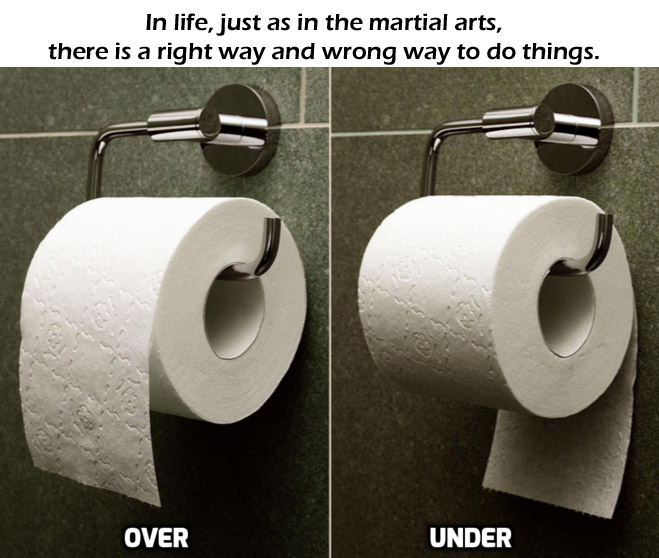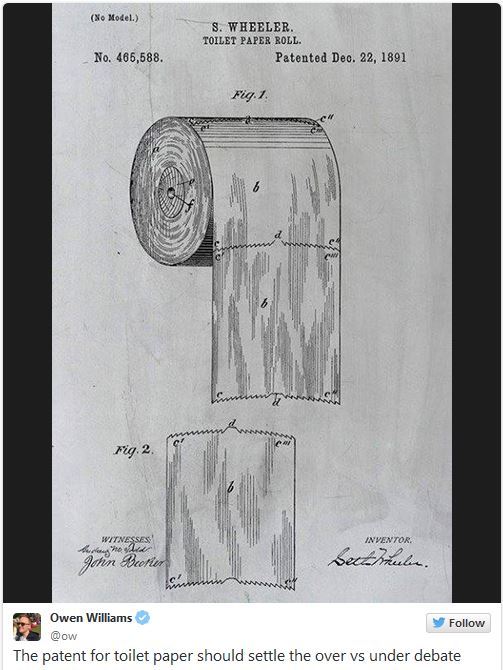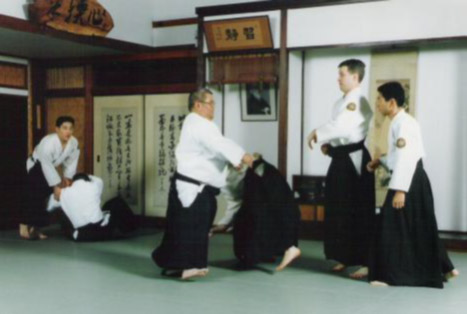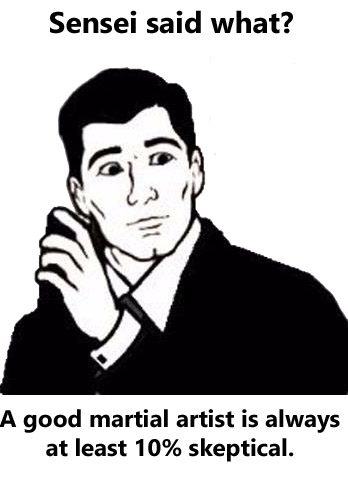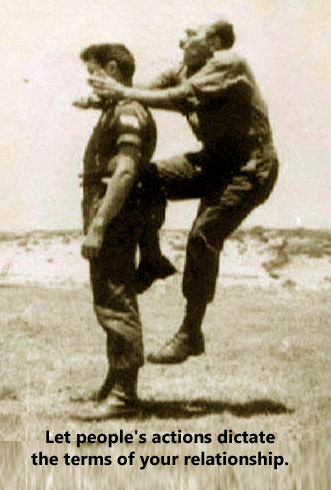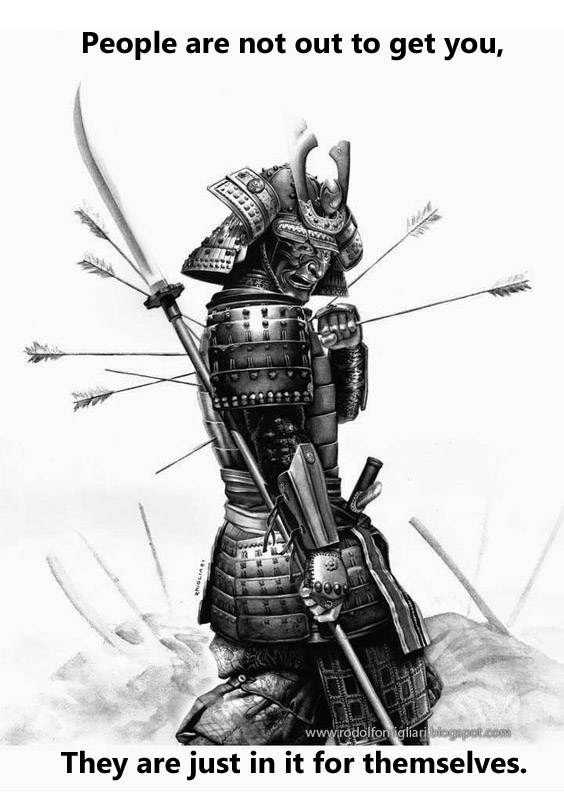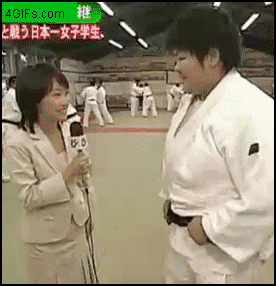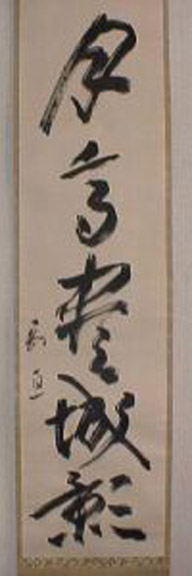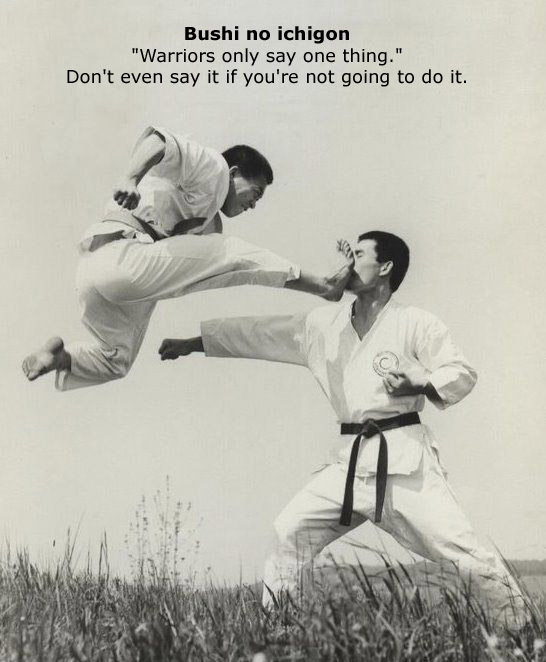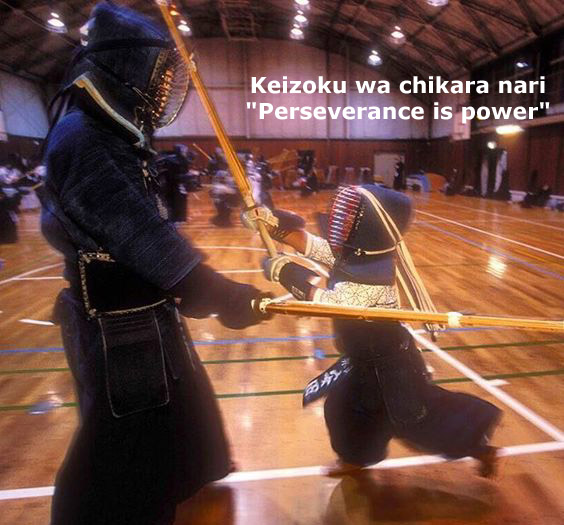 Mors Kochanski, the famous Bushcraft survival expert once said, "The more you know, the less you have to carry. The less you know, the more you have to carry."
When we are confronted, there is sometimes a lot going on so our minds can easily become distracted. With this confusion sometimes comes defeat.
Mors Kochanski, the famous Bushcraft survival expert once said, "The more you know, the less you have to carry. The less you know, the more you have to carry."
When we are confronted, there is sometimes a lot going on so our minds can easily become distracted. With this confusion sometimes comes defeat.
The place that all warriors are striving towards is equanimity. For lack of a better definition, equanimity is a fluid type of focus where our minds are sharp and aware but never stuck on one thing. Training provides us with the opportunity to develop our physical skills which gives us a lot of options. These options can sometimes bog us down and we sometimes fall prey to "option overload" and we freeze. Over time we learn how to hone our minds and so the body might know many things, but the body only knows one - calmness.
Calmness is the harmony of one's thoughts which is called equanimity in Buddhism and the "non abiding" mind in swordsmanship.
Calmness comes from having faith in one's training and trust in one's teachers. With this acceptance comes a sense of confidence in one's self and thus one can be calm.
How does one attain this "calmness"? This can only be achieved with constant and consistent training.
Our bodies are our greatest asset, but our minds are our greatest weapon. One cannot exist without the other. Both require training.
Mors Kochanski's quote, "The more you know, the less you have to carry. The less you know, the more you have to carry." can be thought of as the reason why we need to constantly and consistently go to class.




